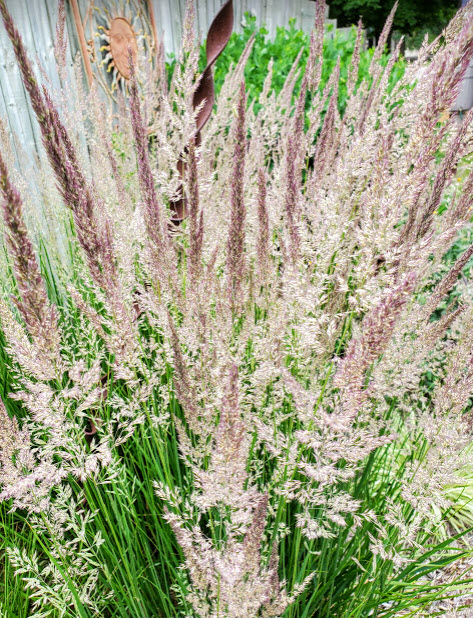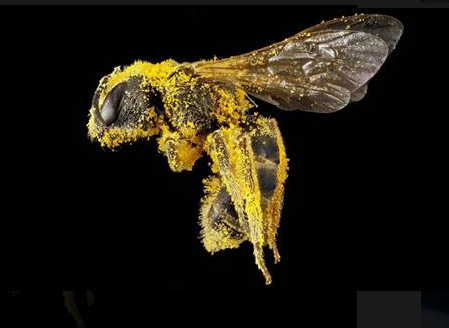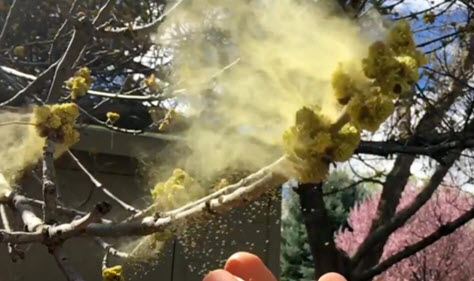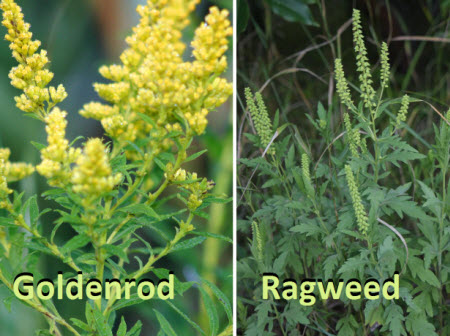Click below to listen to my 2 min. Garden Bite radio show: Climate change and allergies
If you have allergies, it’s probably felt like a long season… and it is. Yup, another issue you can associate with climate change. The wave of over 90 degree temperatures we’ve had has done more than make our lawns crunchy and our annuals wilt, it’s told other plants to kick into action and start producing… early!

Which means POLLEN! According to the Harvard School of Public Health, pollen counts have been increasing over the last 20+ years in the US at least in part due to higher temperatures and higher levels of carbon dioxide in the air.
A study of 60 pollen-collecting stations in the US and Canada found that pollen season is now 20 days longer on average than it was in 1990.

As a little kid I had allergy shots for a few years. As an adult in the early 1990’s I got shots in both arms for 5 years and all was really well… until this year. Although not nearly like I used to have it, those shots made a significant difference, but still, I’m sneezing more than I have before and so are my coworkers!

According to the American College of Allergy, Asthma and Immunology, more than 50 million Americans suffer from various pollen allergies.
As my arborist friend says, the greatest pollen increases come from trees, as opposed to grasses and weeds such as ragweed.

During allergy season, goldenrod often gets blamed for those ah choos… as it’s often mistaken for ragweed.

